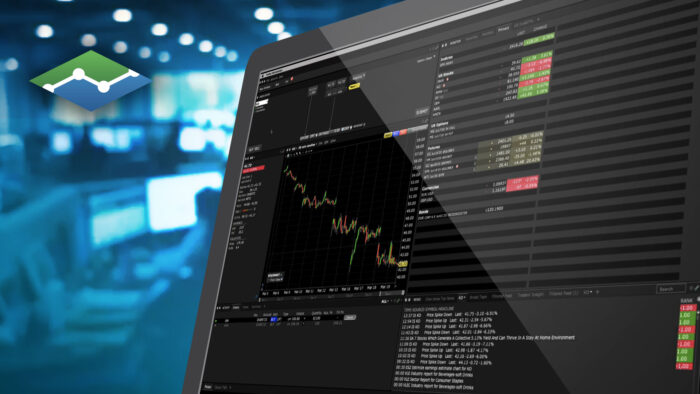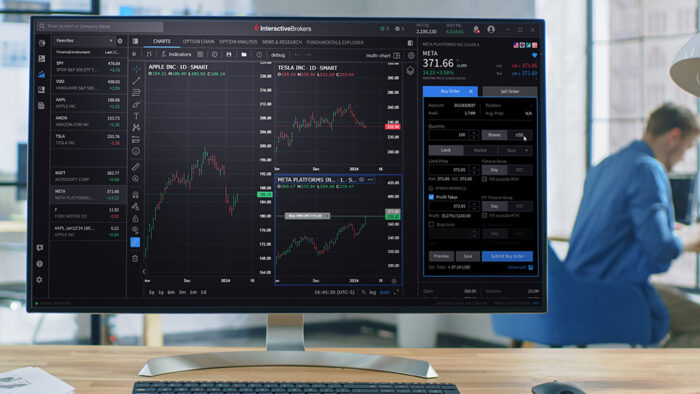Study Notes:
Let’s say you have $10,000 to invest and you want to buy shares of a few companies. You decide to buy just 10 shares of Apple Inc. (Symbol: AAPL) at a price of $160 each for an investment of $1,600. (You will likely pay 35 cents commission to your broker for doing this.)
What is an Option?
However, rather than investing in shares of companies, many investors trade using the options market.
There are two types of options. Call options allow investors to position for upward movement in underlying share prices.
A call option is a contract that allows an investor to control 100 shares in a company.
An option contract has an expiration date and a strike price. The price a trader pays for an option is called a PREMIUM. The buyer of the call option has the right to purchase the stock at the strike price at any time before the expiration time.
Let’s assume that an option at the $170 strike and one month to expiration costs $3.50 per contract. Since the contract is for the right to buy 100 shares at $170, it will cost $350.

If the stock rises to $200, you make $400 profit on the investment of $1,600. In case of the option 100*(200-170)-350= $2,650 – profit.
While buying the option looks a lot better, you must keep in mind that after 30 days the option expires and if the stock remains under $170 your $350 investment is all gone. On the other hand, the stock may rise much higher in the long run, even if temporarily the price goes down.
Vertical Spread
With shares in AAPL trading at $160, an investor paid a premium of $3.50 for a 30-day call option at the 170-strike hoping that the share price would rise.
The investor is bullish, but thinks that the share price might not reach $170, and is unlikely to go above $180 before expiration.
But the investor could SELL a call option at a higher strike.
Let’s say he sells a call option at the 180-strike and this time receives a premium of $1.10. Since the option contract covers 100 shares, he receives $110. By ‘spreading’ across the 170/180 strike prices he can reduce the cost of the trade and would face a lower maximum loss of $240 in the event shares failed to reach $170 by expiration ($350-$110=$240).

Why sell a call?
The call option offers upside exposure in the event the share price rises. However, by selling the 180 call the investor reduces the maximum possible loss to $240 and still could have a total profit, up to $760 that is the maximum. All profits above $180 on the stock are foregone.
The vertical spread would become profitable at the lower strike price plus the net premium paid for the two options or 170+$2.40 = $172.40. Profits grow at the point penny for penny as the share price increases. At $175 the call option is worth $500 less the $240 paid for the options or $260 profit.
The maximum profit from the trade would occur at the higher strike price (or above) and is defined as the distance between the strike prices minus the initial cost of the trade 100*(180-170)-$240 = $760.
 Above a share price of $180 the spread is always worth $760 to the investor since both call options increase at the same pace. Profits on the long 170-strike call are equally offset by losses on the sold 180- strike call. Even if AAPL rises to $200 per share, the vertical spread limits the investor’s gains but is a less risky way of taking advantage of an upside movement in the share price.
Above a share price of $180 the spread is always worth $760 to the investor since both call options increase at the same pace. Profits on the long 170-strike call are equally offset by losses on the sold 180- strike call. Even if AAPL rises to $200 per share, the vertical spread limits the investor’s gains but is a less risky way of taking advantage of an upside movement in the share price.










